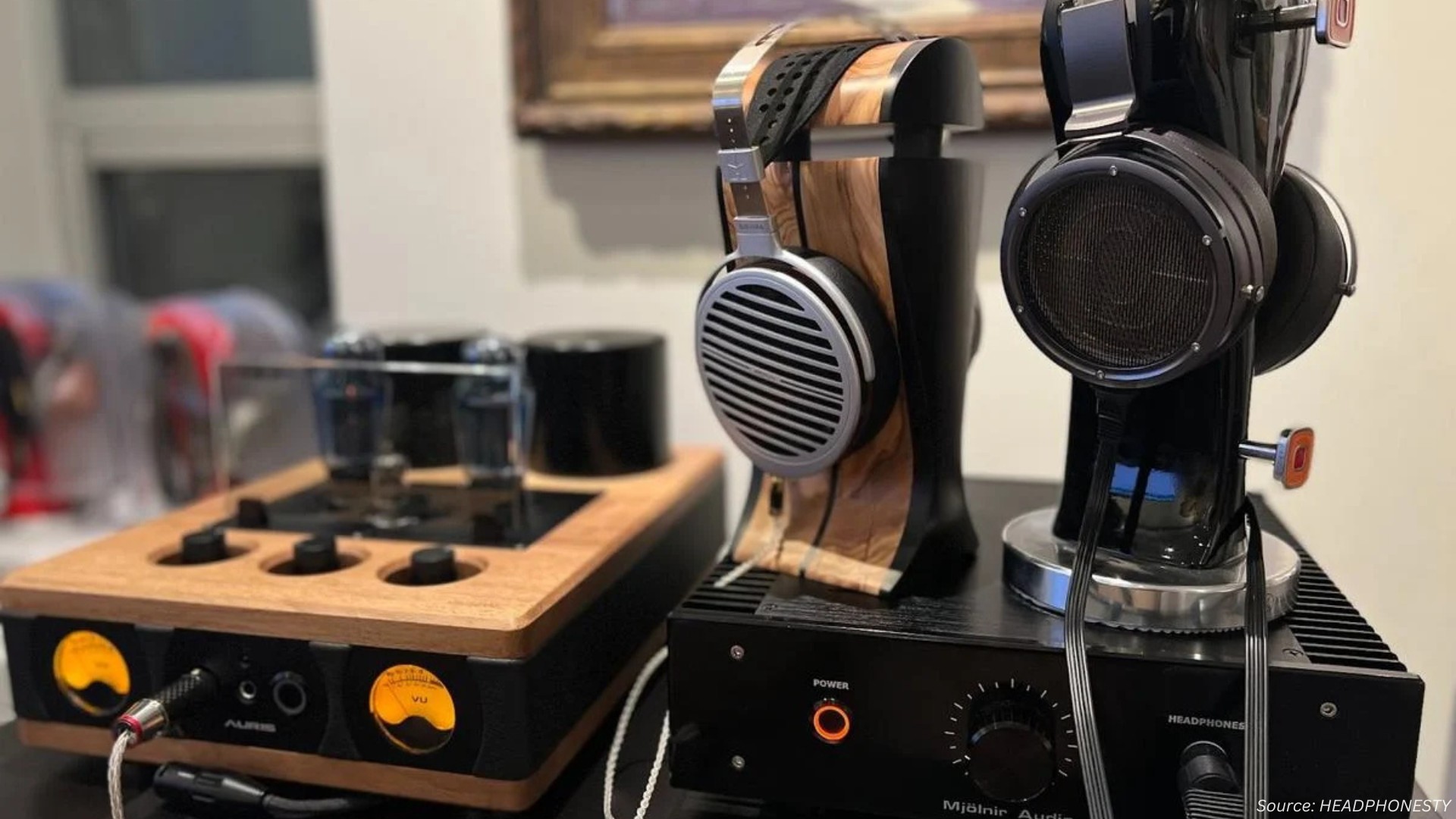2025 Furniture E-commerce: Innovations to Watch for Growth
Published: 2025-09-15

Introduction
In an era marked by dynamic consumer expectations, the e-commerce furniture industry stands at the forefront of innovation. It is continually adapting to cater to the evolving needs of the market. This comprehensive exploration delves deeper into the latest advancements, providing an in-depth analysis of personalization, augmented reality, the growth of direct-to-consumer (DTC) models, and the significance of crafting a seamless omnichannel experience.
Personalization for Furniture E-commerce Brands:
1. Understanding the Personalization Paradigm:
Personalization in marketing has transcended the mere inclusion of a first name in promotional emails. According to Accenture, an overwhelming 91% of consumers now actively seek brands that offer personalized offers and recommendations. This goes beyond generic messages, involving a nuanced understanding of customer needs and preferences.
2. Segmentation and Targeted Messaging:
Gone are the days of one-size-fits-all communication. The essence of personalization lies in the ability to categorize the audience according to specific criteria. By doing so, e-commerce furniture brands can tailor messages uniquely for each segment, ensuring that recommendations and offers are relevant and resonate deeply with individual customer preferences.
3. Building Long-lasting Connections:
Effective personalization is a journey, not a one-time effort. It involves continuously showcasing an awareness of a customer's evolving needs and preferences. For instance, brands can identify recent purchasers, dormant users, and those expressing interest in specific product categories rather than bombarding the entire customer base with generic emails. Tailoring messages to each segment fosters a sense of connection, reinforcing customer loyalty.
Augmented Reality (AR) in the Furniture E-commerce Industry:
1. Enhancing the Buying Experience:
Choosing furniture is a significant decision for consumers, often requiring careful consideration of aesthetics, dimensions, and functionality. Augmented Reality (AR) emerges as a transformative tool, allowing customers to virtually "try out" furniture in their living spaces before purchasing. A standout example is the IKEA Place app. It leverages AR to provide customers with a lifelike preview of how a piece fits into their homes, mitigating the risk of buyer's remorse and subsequent returns.
2. Reducing Returns and Increasing Trust:
One of the challenges in the e-commerce furniture industry has been the rate of returns due to dissatisfaction. AR addresses this issue by providing a realistic experience, allowing buyers to visualize the product in their surroundings. The result is decreased return rates and increased customer trust.
The Continued Growth of Direct-to-Consumer (DTC):
1. The Evolution of Consumer Preferences:
In recent years, the direct-to-consumer (DTC) model has witnessed significant growth, propelled by shifts in consumer attitudes and technological advancements. Traditional advertising campaigns no longer hold the same sway over consumers who crave authenticity, emotional connections, and shared values. With their more personal approach, DTC brands have become the preferred choice for customers seeking genuine connections and real value.
2. Understanding Customer Needs:
A defining aspect of the DTC model is its emphasis on understanding customer needs and wants. By cutting out intermediaries, brands gain direct insights into customer behavior, facilitating more informed decision-making. This deep understanding enables brands to tailor and customize products, services, and marketing initiatives in harmony with customer expectations, fostering stronger relationships.
3. Flexibility in Marketing and Distribution:
DTC brands enjoy a higher degree of control over the entire sales cycle, from production to distribution. This control reduces costs and provides the flexibility to experiment with various advertising strategies and distribution channels. The DTC model empowers brands to adapt swiftly to changing market dynamics, ensuring they remain agile in a competitive landscape.
Omnichannel Experience:
1. The Interconnected Buyer Journey:
The past few years have witnessed a merge of pure-play e-commerce businesses and traditional retailers venturing into online realms. This shift underscores the importance of adopting an omnichannel approach. With consumers navigating through various touchpoints such as social media, recommendations, online research, and in-store visits, predicting where and how they will encounter a product has become challenging.
2. Complexity of the Modern Buyer Journey:
As highlighted by McKinsey, 60% to 70% of customers engage in omnichannel shopping, seamlessly transitioning between online and in-store experiences. The complexity of the modern buyer journey necessitates a holistic approach. Whether a customer discovers a product through an Instagram post, a friend's recommendation, a Google search, or an in-store visit, the omnichannel experience ensures that brands remain accessible and relevant across diverse touchpoints.
3. Adapting to Retail Evolution:
Contrary to the notion that traditional retail is becoming obsolete, the expansion of e-commerce has catalyzed the evolution of retail channels. Pure-play e-commerce businesses recognize the value of physical locations, while traditional retailers acknowledge the importance of establishing a digital presence. Significant instances encompass La-Z-Boy's acquisition of Joybird, highlighting the mutually beneficial relationship between online and offline retail.
Incorporation of "Buy Now Pay Later" (BNPL) Services:
1. Reflecting Changing Dynamics:
The integration of BNPL services is a testament to the evolving dynamics in the behavior and preferences of consumers. As consumers seek more flexibility in their purchasing journey, BNPL services offer an alternative to traditional payment methods. The strategic partnership between IKEA and Afterpay reflects a proactive response to the shifting landscape, demonstrating a commitment to meeting customers where they are in terms of payment preferences.
2. Revolutionizing Payment Choices:
In September 2023, IKEA made headlines by announcing its strategic collaboration with Afterpay, a prominent player in the Buy Now, Pay Later (BNPL) services sector. This move represents a pivotal step in retail dynamics and a major advancement for IKEA as it embraces flexible payment choices. This partnership highlights the industry's acknowledgment of shifting consumer preferences and emphasizes the significance of offering varied payment options to accommodate a wider audience.
3. Adding Convenience to the Shopping Experience:
The incorporation of BNPL services adds an extra layer of convenience for customers, contributing to an even more seamless and user-friendly purchasing experience than before. By allowing customers to make purchases and pay for them over time, BNPL services align with the demand for flexible payment options. This attracts a broader customer base and addresses the financial considerations of making significant furniture investments.
Conclusion:
The e-commerce furniture industry is undergoing a profound transformation, driven by technological innovations and evolving consumer expectations. Embracing these innovations is not merely a strategic move but a necessity for staying competitive and relevant in a market that consistently evolves at a swift pace. As e-commerce furniture brands navigate this transformative landscape, the fusion of technology, personalization, and seamless shopping experiences emerges as the hallmark of success.
The journey toward a customer-centric approach, in which prioritizing individual preferences and forging genuine connections are crucial, is fundamental to achieving sustained growth and customer satisfaction. As the industry embraces these groundbreaking innovations, it positions itself at the forefront of a new era, characterized by enhanced consumer experiences and unparalleled opportunities for growth.
About the Author
 Sunanda Ghosh is a researcher with more than 3 years of experience. She has a passion for understanding consumer behavior and market trends, and uses her skills in innovative ways to gather and analyze data. Throughout her career, she has worked with a diverse range of global clients across various industries including technology, semiconductor, and energy. She is dedicated to providing valuable insights that can help shape a company's direction and drive success.
Sunanda Ghosh is a researcher with more than 3 years of experience. She has a passion for understanding consumer behavior and market trends, and uses her skills in innovative ways to gather and analyze data. Throughout her career, she has worked with a diverse range of global clients across various industries including technology, semiconductor, and energy. She is dedicated to providing valuable insights that can help shape a company's direction and drive success.
About the Reviewer
 Debashree Dey is a skilled Content Writer, PR Specialist, and Assistant Manager with strong expertise in Digital Marketing. She specializes in crafting visibility strategies and delivering impactful, data-driven campaigns. Passionate about creating engaging, audience-focused content, she helps brands strengthen their online presence. Beyond work, she draws inspiration from creative projects and design pursuits.
Debashree Dey is a skilled Content Writer, PR Specialist, and Assistant Manager with strong expertise in Digital Marketing. She specializes in crafting visibility strategies and delivering impactful, data-driven campaigns. Passionate about creating engaging, audience-focused content, she helps brands strengthen their online presence. Beyond work, she draws inspiration from creative projects and design pursuits.
















Add Comment